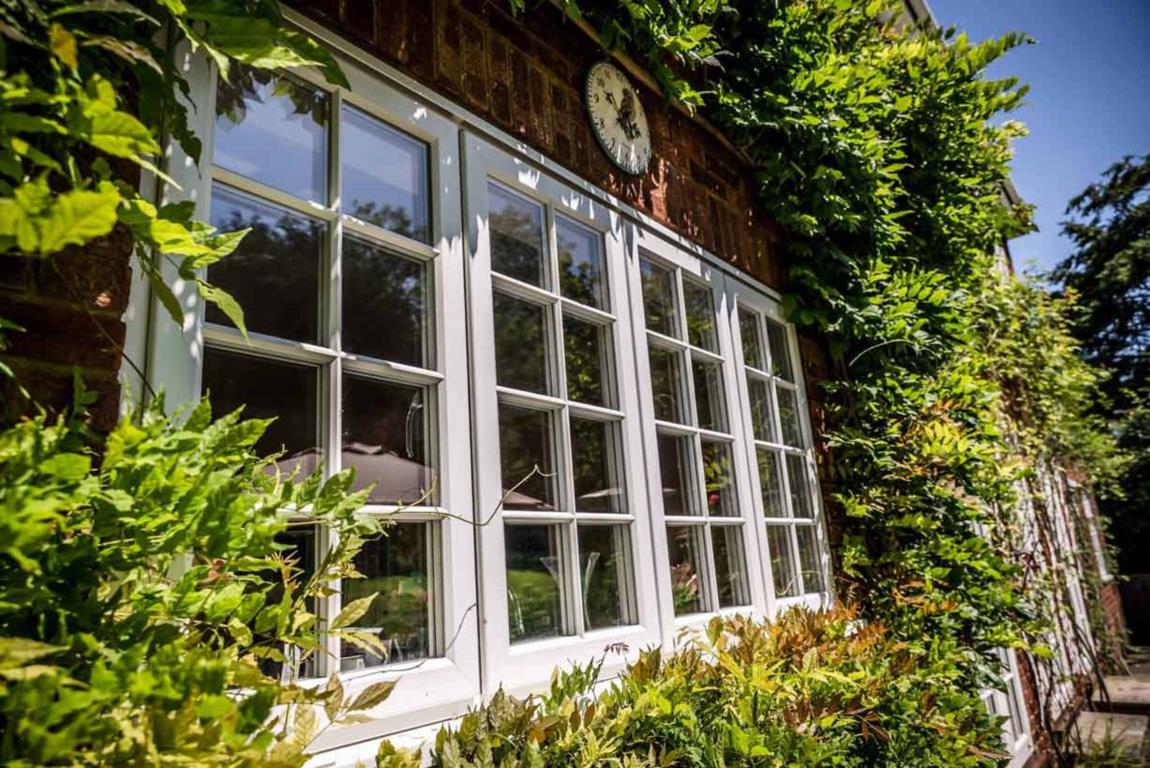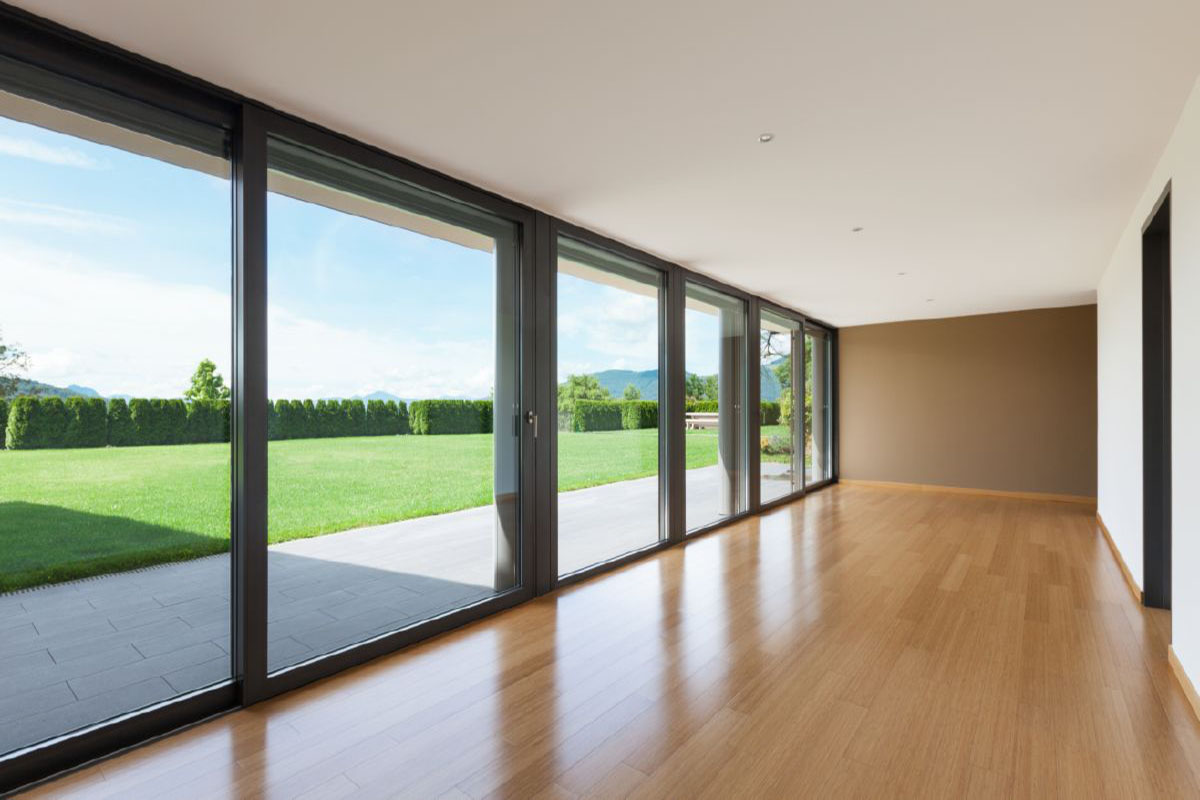All Categories
Featured
Table of Contents
Double Glazing Windows - The Best Installers In The Uk ... in Woodbridge Western Australia
That window can transfer more solar heat in winter than in summer. A west-facing window on a summer's afternoon has an angle of occurrence from near 0 as much as 30 with a large efficient location of solar radiation. A north-facing window, in summer season, has a high angle of incidence and a low effective location of solar radiation, so can send less heat than a west-facing one.

You can rapidly and quickly improve the thermal performance of your house by changing your windows. This is among the most reliable methods of restoration to achieve improved thermal convenience. There are countless kinds of glass and frames to select from. Picking the best ones is essential to improving the energy performance of your home.
Does Double Glazing Keep Heat Out in Carlisle Western Australia
Single glazing with clear glass is not extremely effective when it comes to heat loss or gain. To enhance efficiency, you can use single glazing with a more energy-efficient type of glass such as low emissivity (low-e) glass.
Several layers can be assembled with sealed cavities between each sheet of glass. IGUs normally offer much better energy performance than single glazing, because they transmit less energy. Nevertheless, the energy efficiency of IGUs likewise depends on: the residential or commercial properties of each layer of glass. Various glass types (for example, clear and low-e glass) can be assembled in an IGU.
Double Glazing - Albury - Twin Cities Glass in Hovea Perth

IGU cavities can be filled with air or a more inert, low-conductivity gas such as argon the width of the cavity. Cavity thickness is usually 6 to 18mm. Broader cavities provide lower (much better) U worths, with 12mm typically accepted as the favored space how well the cavity is sealed. Cavities need to be dry and well sealed to avoid moisture getting in.
If argon is set up to the cavity in place of air, moisture is reliably omitted the level of desiccant (drying agent). The spacer (metal or polymer strip) that separates the glass layers includes a desiccant to soak up any wetness. Insufficient desiccant might cause wetness to condense on the glass surface in cold conditions, decreasing thermal performance.
Magnetite: Australian Retrofit Double Glazed Windows in Swan View Western Australia
IGUs can provide better energy performance for all environments, especially in heated and air-conditioned houses. Cross-section information of single, double and triple-glazing units Low emissivity glass (typically called low-e glass) decreases heat transfer. Low-e glass might be either high or low transmission: High transmission low-e glass has a finish that enables daytime from the sun to enter your house to attain excellent solar heat gain, but minimizes the quantity of the long wavelength infrared heat that can escape back through the window.
Low-e glass has either a pyrolytic covering or a vacuum-deposited thin film metal covering. Pyrolytic finishes are long lasting and can be utilized for any glazing; vacuum-deposited coatings are soft and are just used within IGUs. Low-e coatings can considerably improve both U value and SHGC; nevertheless, they must be used properly or they will either degrade or stop working to perform as needed.
Techniques For Double Glazing Windows in Bellevue WA
Low-e coatings can be used in mix with clear, toned or reflective glass. Low-e finishes on glazing can lower heat transfer where needed Picture: Department of Industry, Science, Energy and Resources Toned glass has colouring ingredients included during manufacture. It is readily available in numerous colours, generally bronze, grey, blue and green.
Table of Contents
Latest Posts
Benefits Of Double Glazing Low-e in Applecross Western Australia
Double Glazing Windows - Prices And Installers Near You in East Fremantle Perth
Triple Glazing & Triple Glazed Windows - Hampshire in Innaloo WA
More
Latest Posts
Benefits Of Double Glazing Low-e in Applecross Western Australia
Double Glazing Windows - Prices And Installers Near You in East Fremantle Perth
Triple Glazing & Triple Glazed Windows - Hampshire in Innaloo WA